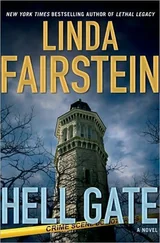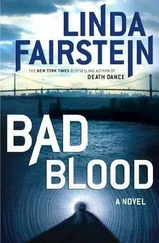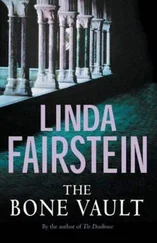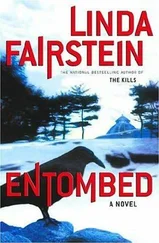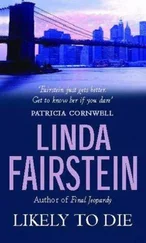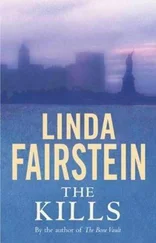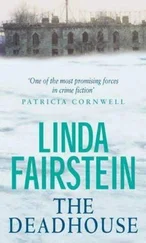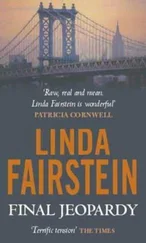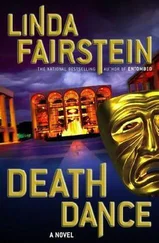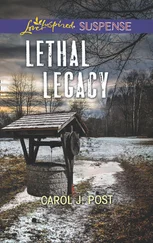“My adoptive father, Charles, was a wonderfully kind man, a barrister who made a respectable living. They gave me a loving home, and an introduction to material comforts.”
“I wouldn’t think many barristers could afford these digs,” Mike said.
“About the time I was a teenager, my father came into a large inheritance, Mr. Chapman. You know about primogeniture, of course. He was the third son of a third son and so on. But when his uncle died without any heirs-his uncle Algernon, in fact, for whom I was named when they adopted me-the old fellow left most of his estate, including his home and his library, to my father. Hence to me.”
“I like stories with happy endings.”
“So do I, Detective, so do I. And yes, I’ve tried to make a contribution of my own. If Jill hasn’t told you, I’ve been a member of the Council of the Stock Exchange. Investments and such. Very lucky indeed,” Herrick said. “Have either of you ever heard of Lord Wardington?”
“No, no, I haven’t,” I said.
“He was a mentor of my father’s, known to everyone as Bic. His family had built a spectacular library over several centuries, and he himself amassed the greatest collection of atlases in England. I used to spend hours at Wardington Manor as a child. I was painfully shy-because of this,” Herrick said, examining his hook as he spoke. “So I was more than happy to spend my time in the silence of the great reading room there.”
“That’s easy to understand.”
“Bic was incredibly generous to me. He saw that I loved old books-I loved smelling them and touching the rich Moroccan leather. There were early English Bibles and Shakespeare Folios, incredibly fine incunabula-”
“What’s that?” Mike asked.
“Books from the infancy of printing, Detective. From before 1500. The books were my friends-my only friends, in fact, for a long time-but it was maps that fascinated me the most. My father had a pair of globes. Not as fine as this one, but they were brightly colored and they towered above me, and I never tired of making them spin.
“And it was at Wardington Manor that I discovered atlases,” he went on. “Bic continued the tradition of acquiring books for the family library, but he became obsessed, much as I have, with maps.”
“Why is that?” I asked. “They’re quite beautiful, but what makes them so special to collectors?”
Herrick opened the oversize leather-bound book in front of him and turned to look at the pages he had selected. “Think of how the ancients must have imagined the world, Ms. Cooper, long before most of them were ever able to travel it, to take measure of it in their journeys. There have been maps as long as there have been walls or vellum on which to write and draw. Who was the first man to give us a mathematical picture of the universe? Do you know?”
Both Mike and I shook our heads.
“Ptolemy, of course, in his Cosmographia, which was based on voyages and itineraries of early travelers, and on their fantasies as well. About AD 150. His was the first account to locate places in terms of longitude and latitude. For hundreds of years afterward, monks and madmen all over Europe were able to draw maps of what they believed to be the world.”
“Where’s Mercer when we need him?” Mike said.
“Excuse me?”
“We’ve got a friend named Mercer Wallace whose father was a mechanic at LaGuardia Airport,” Mike said. “Has a thing for maps, too, only not rare ones. His dad used to hang all the airline routes on the walls in Mercer’s room when he was a kid, teaching him about faraway places. So he also grew up on maps. Bet he’d love to hear this.”
“Then you must bring him with you next time,” Herrick said, smoothing the page and running his forefinger over the outline of the northern coast of Africa. “Everything changed with the invention of the printing press, of course. Imagine the amazement of people seeing printed maps for the first time.”
Herrick prodded the book with his hook to swivel it around, allowing us to see the two-page illustration, colored in red and green inks, the seas a pale blue, with odd-looking creatures lurking on the corners.
“This is Ptolemy’s Atlas. The very first one ever printed, Ms. Cooper. Presented in Bologna in 1477.”
The images were breathtaking in their complexity and surprising in their accuracy depicting the landmasses bordering the Mediterranean.
“Twenty-six maps in the volume, done with double-page copperplate engravings, and then hand-colored. Taddeo Crivelli’s work-he was a genius. There are only thirty-one copies of this atlas in the world, and only two in private hands. Go ahead, touch it. I promise it won’t bite.”
Mike reached over me to feel the paper. He lifted the page and studied the image on the underside before sitting back.
“Did that say anything to you, Mr. Chapman?”
“Like what?”
“Like whether what I’m telling you is true? I’m teasing you, Detective, but Tina Barr is skilled enough to call my bluff on that. The real Bologna Ptolemy that I own is in England under lock and key. That one’s worth more than a million pounds. I bought it at Sotheby’s, when Lord Wardington sold most of his collection a few years ago. This is a much later edition-you’ll even find America in here-and it’s damaged by those small wormholes and some tears in its margin. Hasn’t nearly a fraction of the value of the Bologna printings. The green coloring has seeped through the paper, as sixteenth-century green often does.”
“I’ll give you a hundred bucks for it,” Mike said, smiling.
“I’m afraid you’d be fifty thousand pounds short.” Herrick smiled. “You must understand that with the Age of Discovery, Detective, came an explosion of new information. Sea monsters disappeared from the edges of the ocean and distant places began to take on more precise shapes. California is discovered, as you see in these subsequent volumes. For two hundred years-to the European mind-it was drawn as an island. Brilliant to watch the history of the world unfold through these documents. There was a military purpose to them, too.”
“That must have been critical,” Mike said.
“Usually a hanging offense for a merchant or soldier to share a country’s maps with a foreign power. That handsome example on the wall that you were admiring earlier,” Herrick said to me, “is the Neptune François , a collection of sea atlases commissioned by Louis XIV to give the French navy an important advantage over the British. Meticulous engravings they were-all about navigation-so soundings and rhumb lines and the markings for every little coastal port were of major importance.”
“Did it help the French in battle?”
“Well, it would have, Mr. Chapman, if the charts hadn’t been copied quite so quickly by the Dutch and distributed abroad. With the advent of printing, scholars of every nation were able to compare and revise, leading to a considerable advance in geographical knowledge.”
“Help me understand,” I asked. “What’s more valuable? The individual maps, like those hung on the walls here, or the bound atlases?”
“Ah, now you’ve hit on a point of contention. Scratch the surface of this and you’ll find real scoundrels, Ms. Cooper.”
I was looking for a stronger word to describe our perp, but I’d settle for some direction instead.
“Unlike rare books,” Herrick said, “maps were not greatly prized by collectors until thirty or forty years ago. Lord Wardington’s a perfect example. The family amassed books for generations, going back over four hundred years. He focused his attention on maps and created what was indisputably the world’s best private collection in the last four decades.”
“Why the disparity?”
Читать дальше

